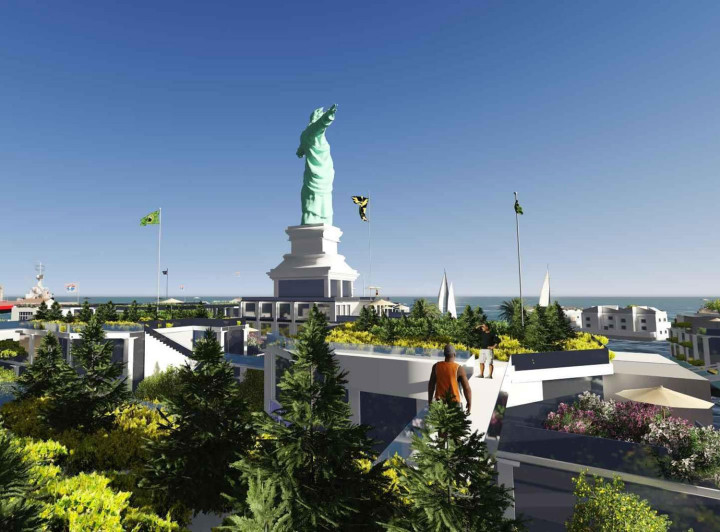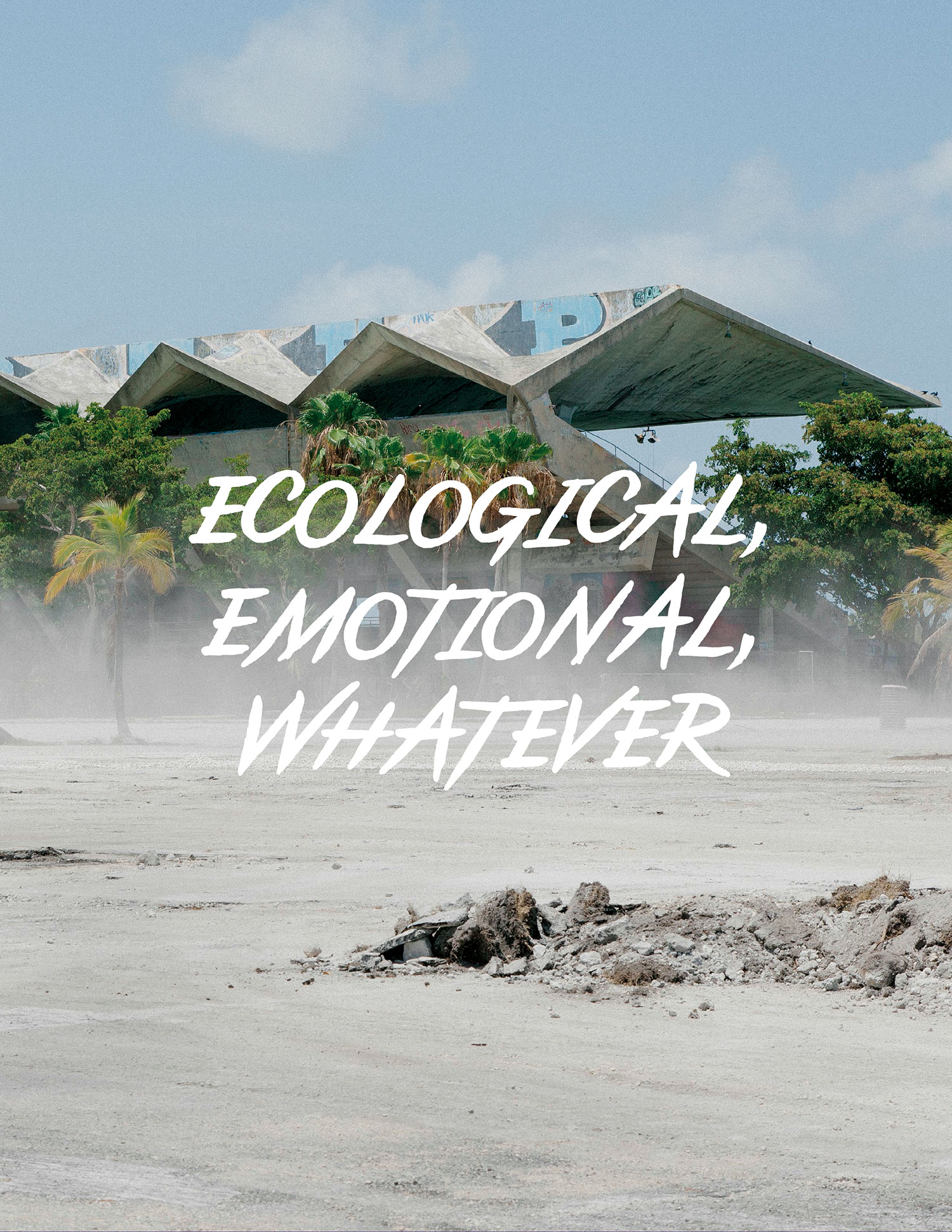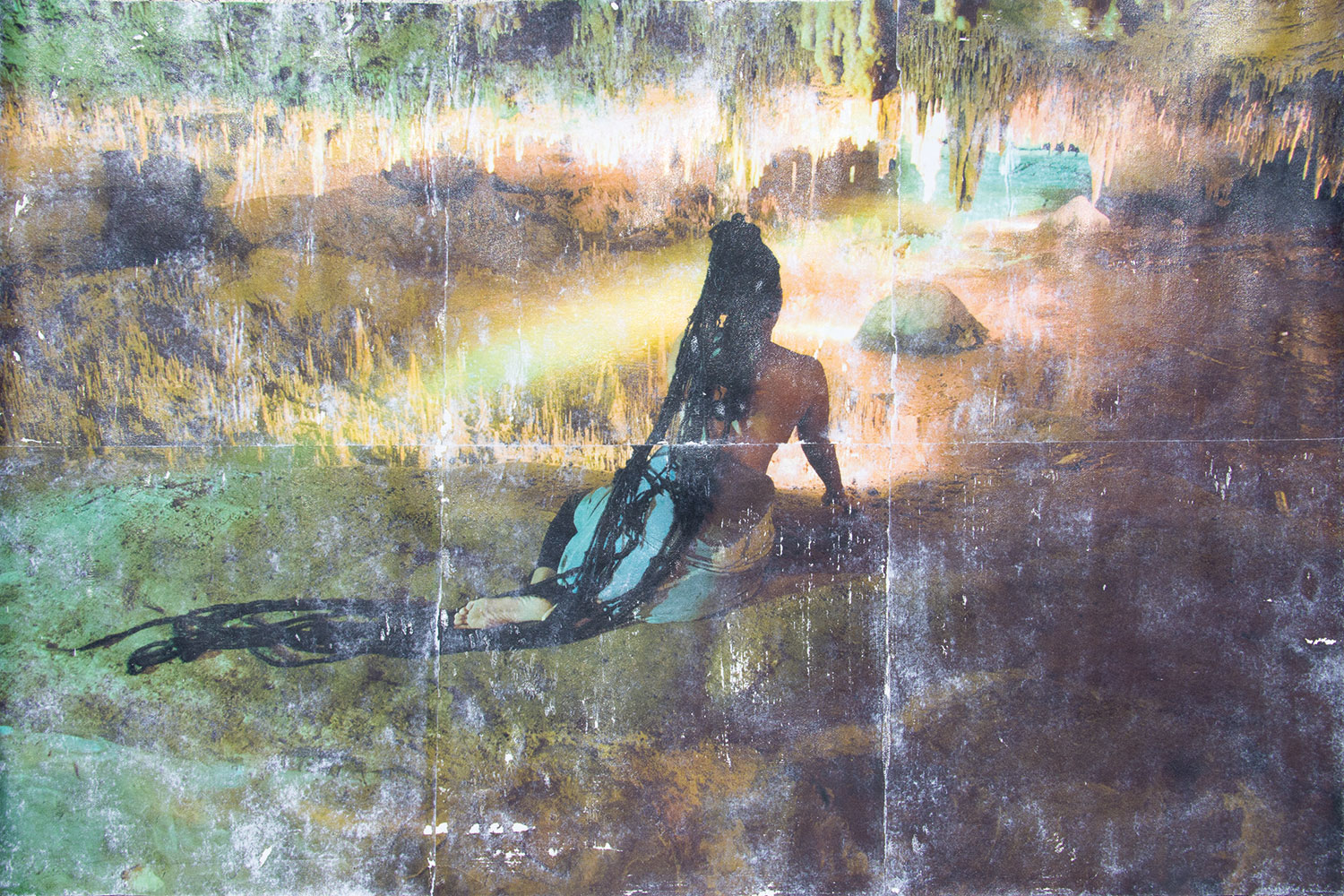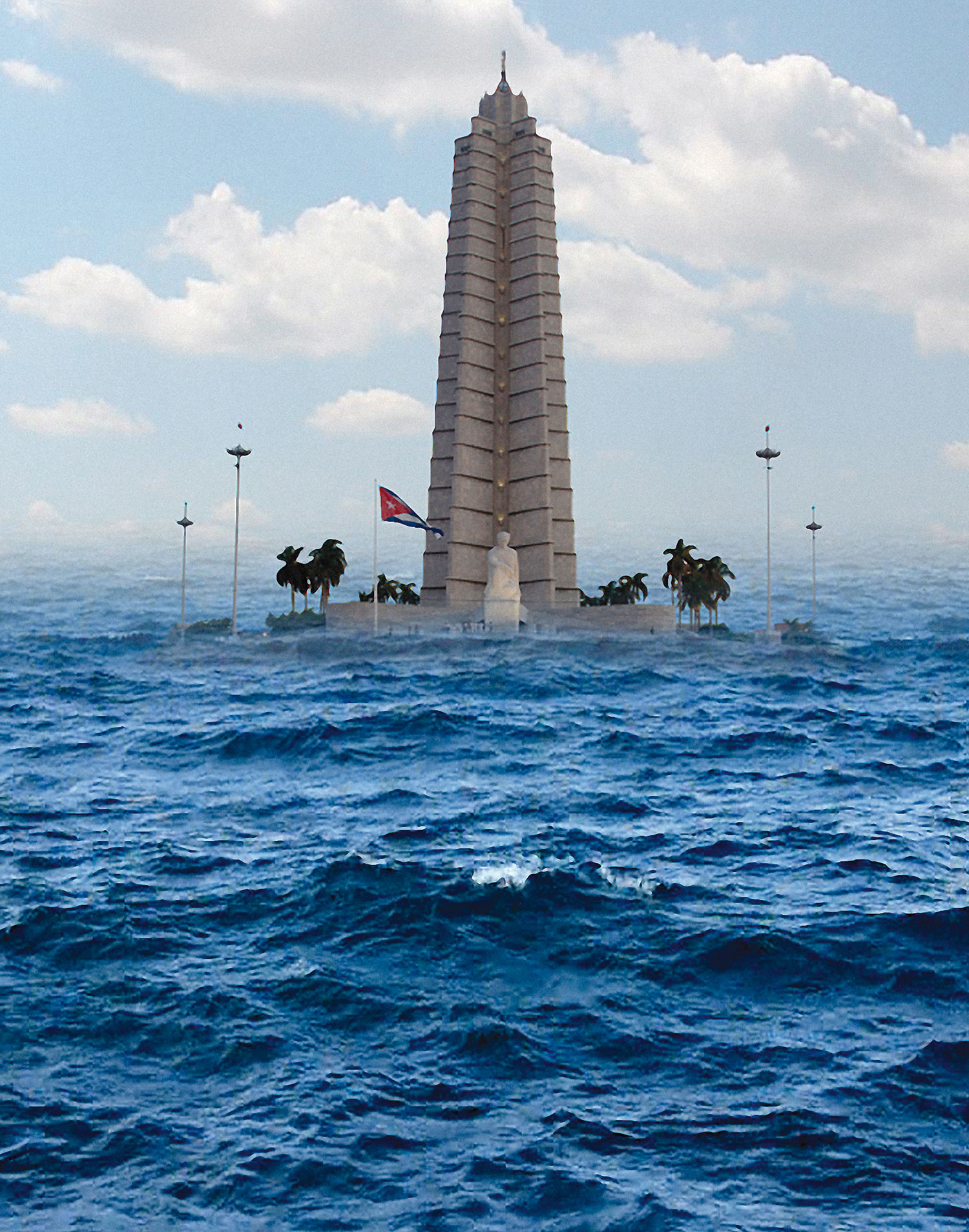
Exit > Voice
If 2011 with its uprisings, protests and riots was the year of #voice, 2015 might be remembered as the year of #exit. Anti-EU sentiments across Europe; secessionist movements in Scotland, Catalonia, Veneto and across the US; mass exoduses from the global South to the global North; Silicon Valley’s feverish cult of disruption; the reintroduction of Mars as a conceivable destination/destiny for humanity; the continued proliferation of extra-state zones and capital’s flight to the imaginary geographies of offshore banking; the exit of any kind of trust-based institutional relationship via cryptocurrencies and smart contracts: seemingly wherever one looked this year one saw individual and collective escapes — or escape attempts — from systems and situations interpreted as broken, obsolete and/or hopeless.
Exit, insofar as it requires an inhabitable space to escape to, poses a fundamental question: Where to? If none of the existing alternative destinations are satisfying or possible — if one is vying for an ultimate exit — where can one find terrae incognitae? The earth is saturated; by the late nineteenth century the earth’s last frontiers were closed and the last remaining pieces of land were captured within the territory of the state.
While it is possible for capital and the state itself to rig the system of sovereign state-space and create spaces outside of it, both physically and in terms of jurisdiction, it is for all practical purposes impossible to relative have-nots. Two options remain for the 99%: either to venture out into the half of the earth’s surface covered by water that remains outside the territorial claims of any state, or to find an exploitable glitch in the system of state-space itself.
The L Word
As it happens, both strategies have been given an architectural expression this year by two groups identifying to a greater or lesser degree as libertarian: the Seasteading Institute and the newly founded microstate of Liberland.
Libertarianism is a strange disposition: natural to some while almost universally loathed by the rest. Placing itself “above” the left-right axis, it appears to correlate with a relatively rare neurotype that has the function “exit > voice” hard-coded as a basic ethico-political impulse. This fundamental difference in wiring makes the libertarian notion and emphasis on “freedom” equally as alien to the permanent non-libertarian majority as its opposite — collective coordination understood as submission to collectivism and state coercion — does to the libertarian-inclined minority.

Seasteading
The Seasteading Institute was founded in 2008 by Patri Friedman (grandson of Milton) and tech titan Peter Thiel with the mission to make seasteading — i.e. building permanent settlements on the ocean, ideally with a significant degree of political autonomy — a reality. In Friedman’s words, the institute’s ultimate goal is to “…open a startup sector for governance. This would allow us to try many new political systems on a small scale, and find those that work better than what we use today.” [Liquid Governance: Martti Kalliala talks with Patri Friedman about settlements, startups and success, Harvard Design Magazine A/W 2014] Personally, I subscribe to a few theses about the fundamental nature of architecture: it produces space by making it legible, giving it scale, form and a limit; it is produced through projects: by projecting a design — an idea of how a part of the world ought to be — onto the world itself; and often the results of this process amount to “platforms”: structures that enable, limit, codify and embody a set of behaviors and interactions.
From these premises it is quite obvious why seasteading is an entertaining experiment in architectural thought: it ascribes a legible, if dynamic, order onto a formless, liquid substrate; it projects an idea of social organization embodied in a spatial form; and it engenders platforms both literally (as physical structures) and figuratively (as “operating systems of governance”). Any exercise in designing a seastead necessarily involves a response to all of these three layers and — for the most part unconsciously — embeds it into a rich history of both architectural and urbanistic inquiry and the fantasy of discovering ideal models of living together.
Last spring, the Seasteading Institute launched an architectural ideas competition, the Floating City Project. Whereas an earlier design competition held by the institute was based on a structure familiar from oil rigs, a suspended platform held up either by four or one central column, this year’s competition used as its point of departure a supposedly more feasible, modular system of smaller floating platforms — each having the capacity to carry a building-sized structure — that could be flexibly joined into a variety of formations; a system in which secession is possible at the level of an individual platform, just as one would wish in a fluid marketplace of governance.
Yet the submitted designs, all available online, mostly reproduce what one could call the least progressive — and in a relative sense, least free — forms of land-based cohabitation: centrally organized resort towns, cul-de-sac suburbia with what seem to be paved roads for cars, rigidly organized eco-resorts covered in standard visual shibboleths of green architecture; all filled with endless arrays of run-of-the-mill developer-built generic condos and villas, the individual floating platforms themselves fixed into seemingly permanent formations; essentially suggesting suburban gated communities on the high seas.
(Perhaps the most interesting, or “conceptually pregnant,” entry was Liberstead, submitted by Liberstead Publishing LLC: a hilariously precarious swarm archipelago of housing rafts encircling what seems to be the Statue of Liberty sans her tabula ansata — as I understand it, alluding to the absence of any law.)

Liberland
On April 13, 2015, the Czech native Vít Jedlička planted a flag on the soil of a loosely heart-shaped seven-square-kilometer piece of disputed territory between Croatia and Serbia — effectively the last remaining glitch of an inhabitable size in European state-space — and proclaimed it the sovereign state of Liberland. A week after Liberland’s founding (as much a function of managing a number of social media accounts as occupying its actual territory) a comment by Patrik Schumacher, director of Zaha Hadid Architects, vocal libertarian and incessant theorist and advocate of “parametricism” in architecture, appeared under a Facebook post by the newborn country. This was quite surprising, not in terms of affinities shared by the two parties but the rather amateurish and, frankly, fedorable image of the Liberland project. That is, ZHA is not a company who would be known for shying away from being in the service of power, regardless of who possesses it, as the realization of its architecture requires the mobilization of vast resources — something conspicuously missing from Liberland.
Nevertheless, this contact proved to be productive: five months later, in October, a “global design competition for a twentieth-century micronation” was launched with Schumacher as juror (and ZHA as sponsor) and clearly as the main author of the competition program. As Schumacher waxes lyrically:
The notion of a fluid totality can be understood as both the characterization of an existing societal condition and as an architectural concept/ambition to make this condition perceptually palpable within the global built environment and to further intensify and facilitate its complex flourishing […] How can a light touch urban main-frame stimulate entrepreneurial free-market urban order in a society whose functional values include maximum individual liberty, minimum government, voluntary taxation and charity, unencumbered free markets utilizing cryptocurrency, private property, prosperity flourishing from personal responsibility and risk, individual moral freedom, privatized infrastructure and services, voluntary contractual institutions, voluntary cooperation, non-violence, non-coercion — in other words — freedom? [http://designliberland.splashthat.com/]

As of now, Liberland has no permanent residents, registered businesses or infrastructure. It is empty, or, to put it differently, in a state of “pure potential” in which it will remain for quite some time — in fact this might be a prerequisite for its very existence. It has few friends, even fewer powerful ones. In fact, considering the micronation’s pariah status, Schumacher might be one of its more influential patrons — armed with the theory and resources to exercise significant power over Liberland as a project. Indeed, we are witnessing the feverish manufacturing of a hypothetical Liberland — a strange story whose author might be, alongside Vít Jedlička, Patrik Schumacher and his particular strand of architectural intelligence as a form of statecraft.
Theory
Before writing his landmark book Delirious New York, Rem Koolhaas set out to write a hypothesis of a theory of Manhattan in the form of a short essay and illustration (there are several versions, of which the most famous is attributed to Madelon Vriesendorp) titled The City of the Captive Globe (1972), which was published in the book’s appendix some six years later. In the essay, which could be considered the most positive vision ever written of the liberal city, Koolhaas abstracts Manhattan into its essential parts: a gridded archipelago in which each “science and mania” has its own plot. Every plot hosts a base (or platform), on top of which one can project its own edifice, define its own laws and facilitate a specific idea and form of life. Here Manhattan works as both an ideological laboratory and an incubator of the world itself — a hypothesis that the actual sanitized, office and condo-filled Manhattan failed to live up to.
Seasteading as it is promoted today is an escapist fantasy of predominantly white, Californian men working in the STEM industries — a demographic and cultural bias directly reflected in the spectrum of architectural imagination deployed in the design competition. In general, it is extremely unlikely that a forced marriage between a number of existing and speculative aquatic and maritime technologies with political innovation would yield experimental results applicable to humanity at large; or that the hostile, corrosive environment of the high seas would allow for any experiment of a meaningful scale in the first place.
However, as long as the dream of a blue ocean exit keeps on haunting our collective imagination, we are to a degree wasting the seasteading imaginary on those actually trying to make it happen; those trying to argue for it rationally.
What seasteading needs — what Manhattan had and Liberland is about to get — is an architectural theory.
It requires a minimal conceptual leap to employ The City of the Captive Globe as a template; the grid becoming the ocean, the bases floating platforms, the incubator aqua-combinator. For seasteading to be a true platform for desire, a true outside, it ought to be explicitly charged with libido, excess, insanity, etc. — essentially the unfulfilled promise of “Manhattanism” in the form of a turbulent aquaculture. Instead of the lock-in of the grid, a liquid substrate on which islands can copulate and produce mutant offspring, collapse, burn and rise again. And — why not? — resurrect seapunk as a practice of everyday life.

Towards a Cambrian Explosion of Government
Seasteading is devoted to the artificial, ocean-born conception and accelerated birth of theories, interpretations, mental constructions, proposals and their infliction on the world. It is a “literal” archipelago where science, art, aquaculture and neurotypes compete under suboptimal conditions to invent, destroy and restore the world of conventional truth.
Each science or meme has its own seastead: a platform built of steel, recycled plastic, synthetic coral. To facilitate and provoke speculative activity, these bases — ideological laboratories — are equipped to suspend unwelcome laws, undeniable truths, to create the fittest models of governance. From these algae-covered platforms, each philosophy has the right to promulgate its experiment, expand indefinitely toward heaven or the seafloor or extend its physical base.
The changes in this ideological archipelago will be rapid and continuous: a rich spectacle of ethical joy, moral fever, intellectual masturbation or copulation: the mating of two or more seasteads produces a novel, hybrid offspring. The collapse of one of the platforms can mean two things: failure, giving up, or a visual Eureka, a speculative ejaculation:
A theory that works. (Dynamic Geography)
A meme that sticks. (Seapunk)
A lie that has become a truth. (Freedom)
A dream from which there is no waking up. (Blue Pill)
At these moments, the purpose of the Cambrian Explosion of Government, embodied by the archipelago, becomes apparent: all these artificial islands together form an enormous incubator of the world itself.
Through our feverish thinking in the seasteads, the world gains weight. Its temperature and sea level rises slowly. In spite of the most humiliating setbacks, its ageless pregnancy survives.
[As appropriated from Rem Koolhaas’s The City of the Captive Globe, 1972]





